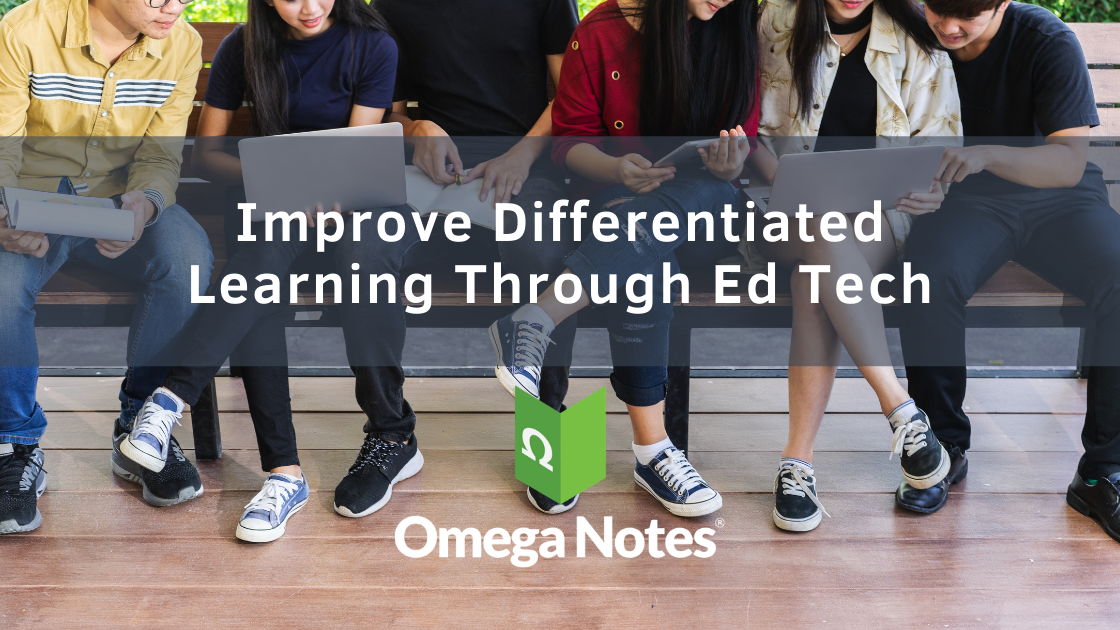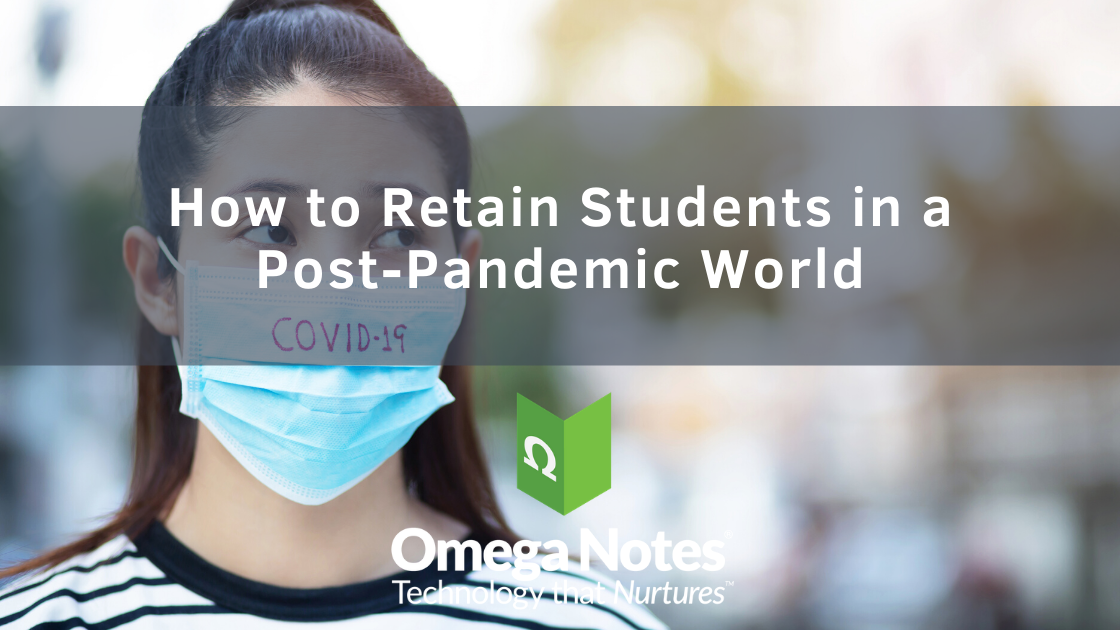Differentiated learning in a post-secondary environment can improve not just student engagement and retention of material but instructor responsiveness to student needs. Ed tech is a tool that can provide faculty with student analytics and insight on how students engage with material, from acquisition to expression. Instructors may then be better able to identify areas of concern with student learning, leading to a roadmap for appropriate intervention.
What is Differentiated Learning?
Differentiated learning, or DI, is often confused with individual instruction which, naturally, is nearly impossible for a college instructor with 50 students or more in a section. Rather, differentiated instruction is a way of expanding instruction methods to better meet student needs. Students gain knowledge in a way that enables them to retain it better and use it more effectively for problem-solving and critical thinking. Differentiated learning also challenges the instructor to discover new approaches to the material, and by doing so can re-energize and engage faculty, resulting in a better learning experience for students.
Using Ed Tech to Improve DI
Ed tech enables student-oriented and evidence-based development and implementation of strategic intervention strategies in the classroom. By measuring and tabulating student use, including frequency and type of engagement, ed tech can provide instructors with useful data that shows teachers how well students grasp classroom instruction. Faculty can design better differentiated learning strategies with less guesswork and greater efficiency.
Beyond the initial roll-out of differentiated learning practices, an instructor’s continued use of these analytics enables ongoing assessment and adaptive, flexible differentiation as student skills and knowledge change over the course of the term. It makes possible differentiation based on an array of criteria, and solutions based on actual student skills, interests, readiness, and needs.
Better DI Solutions Built on Ed Tech
Ed tech, like Omega Notes Collaborative Learning System, facilitates differentiated learning through task-driven, collaborative projects, and activities. When faculty use data-driven DI techniques such as these, the result is students’ more in-depth understanding of key concepts, a reduction of the forgetting curve, and more practice with real-world competencies that will benefit students post-college.
Long-term Benefits
Not every learner performs best in a traditional lecture setting; by establishing several access points for engagement, an instructor makes it possible for students to “choose their own engagement” and pick up the material in the way that they naturally learn best. What’s more, students get reinforcement of concepts and skills through hands-on work and peer interaction that can boost their ability to communicate and problem-solve. As each student’s learning style can vary, working in groups can provide the right setting for students to learn from each other, too, strengthening conceptual and interpersonal connections in new and exciting ways.
The nature of higher ed gathers together what in come cases is unlikely cohort as students bring diverse learning styles as well as educational and life experiences into the classroom with them. Differentiated learning that’s supported by ed tech analytics gives college instructors the tools that make it possible to develop effective differentiated learning strategies for classroom use. When students enjoy stronger engagement with what they’re learning, studies show it can lead to better student engagement and retention.
By Andrew Lang






Leave A Comment